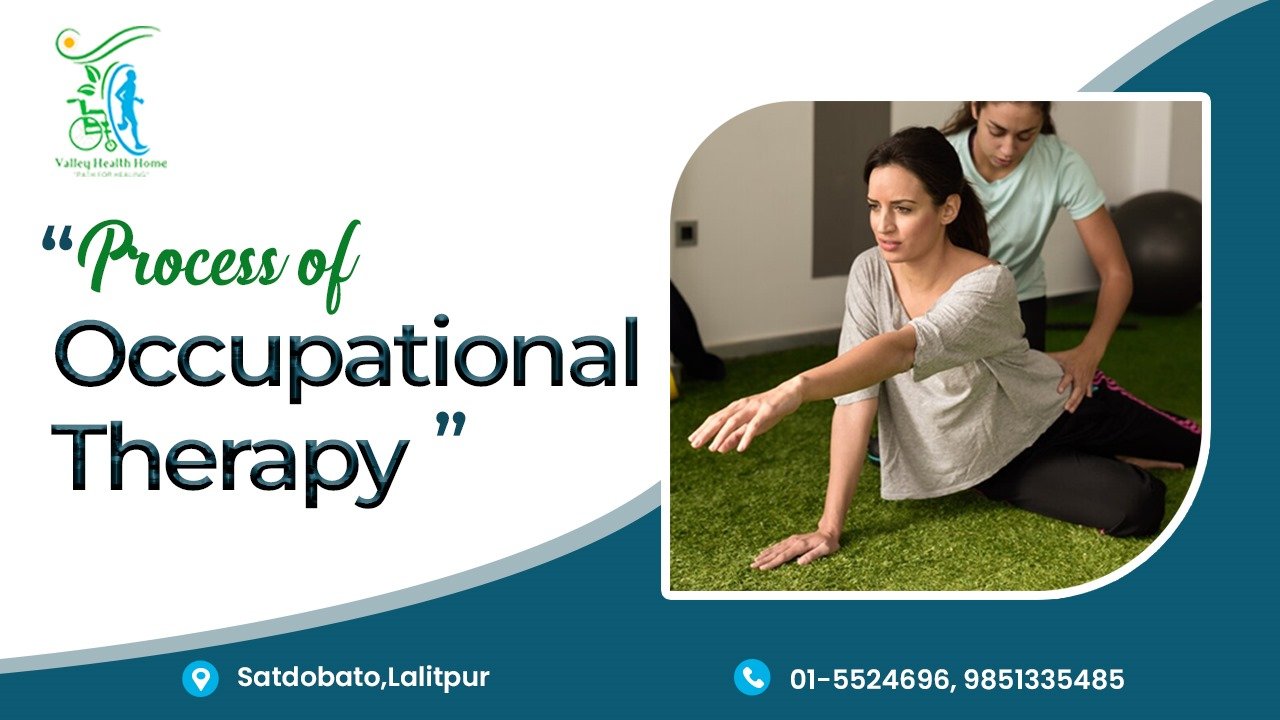Introduction:
Occupational therapy (OT) is a dynamic and client-centered healthcare profession that aims to enhance an individual’s ability to engage in everyday activities. The occupational therapy process is a systematic and collaborative approach designed to address the unique needs of individuals across the lifespan. By focusing on meaningful occupations, occupational therapists help people achieve optimal health, well-being, and participation in their daily lives.
Related: Occupational Therapy: A Comprehensive Guide – Valley Health Home
The Occupational Therapy Process:
- Referral and Evaluation:
- The process starts with a referral, often from a healthcare professional, teacher, or family member. Clients may seek occupational therapy for various reasons, including developmental delays, physical injuries, mental health challenges, or aging-related issues.
- Occupational therapists conduct a comprehensive evaluation, considering the client’s physical, cognitive, emotional, and environmental factors. This step helps identify strengths, challenges, and goals.
- Occupational Profile:
- During the evaluation, therapists gather information about the client’s occupational history, roles, routines, and priorities. This information forms the occupational profile, providing insights into the client’s life and enabling a personalized approach to therapy.
- Goal Setting:
- Collaboratively, the therapist and client establish realistic and client-centered goals. These goals are based on the client’s aspirations, needs, and the therapist’s assessment. Establishing clear objectives ensures that therapy focuses on achieving meaningful outcomes.
- Intervention Planning:
- Occupational therapists design a tailored intervention plan, incorporating evidence-based strategies and interventions. This plan may involve various activities, exercises, adaptive equipment, and environmental modifications to address specific challenges and enhance function.
- Implementation:
- The client engages in therapeutic activities as outlined in the intervention plan. Occupational therapists provide guidance, support, and adapt interventions as needed. The focus is on developing and improving the client’s skills, independence, and overall well-being.
- Monitoring and Adjustment:
- Regular assessment and feedback sessions are crucial to track progress and make necessary adjustments to the intervention plan. Occupational therapists work closely with clients to ensure that the therapy remains aligned with their evolving needs and goals.
- Outcome Evaluation:
- Once the goals are met or significant progress is achieved, the therapist and client evaluate the outcomes. This phase helps determine the effectiveness of the intervention and whether further support or modifications are required.
- Transition and Follow-Up:
- As clients achieve their goals, the occupational therapy process may transition to maintenance or focus on new challenges. Follow-up sessions and support help clients integrate learned skills into their daily lives, fostering long-term success and independence.
Conclusion:
The occupational therapy process is a collaborative journey that empowers individuals to overcome challenges and live life to the fullest. By addressing the physical, cognitive, emotional, and environmental aspects of well-being, occupational therapists play a crucial role in promoting independence, participation, and overall quality of life. This holistic and person-centered approach reflects the essence of occupational therapy in facilitating meaningful and purposeful living.



1 thought on “Process of Occupational Therapy: A Holistic Approach to Wellness”